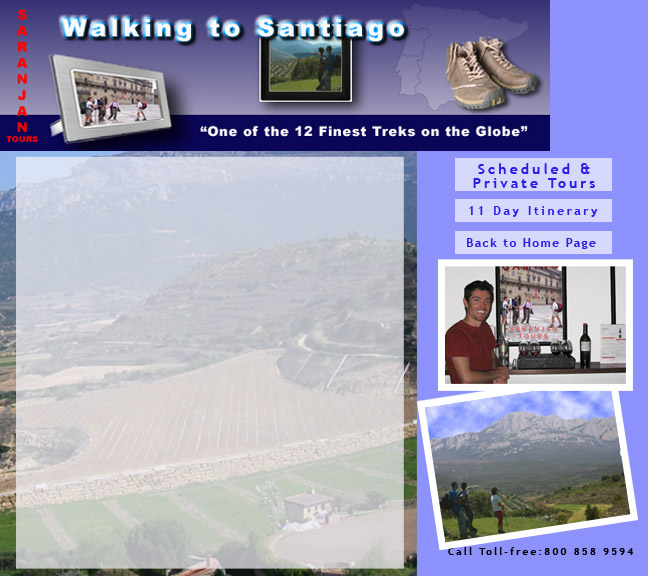
9. El Camino de Santiago, Spain
SINCE THE MIDDLE AGES, Christians from queens to farmers have traveled the 450-plus-mile Camino de Santiago de Compostela route across northern Spain to St. James’s tomb in Santiago. Today, the UNESCO World Heritage route draws pilgrims from as far as Latin America and Japan, including many trekkers. Ticking off the last 60 miles may be the best way to see the thatched-roof villages, ancient monasteries, and wine country of northern Spain.
Days A day of walking can range between 10 and 15 miles, but with stops at Roman excavations, towering stone castles, and 12th -century churches, it will take well longer than a similar hike in the wilderness. Between these diversions lie stands of eucalyptus, patchwork vineyards, and—God bless Spain—bars and cafés that beckon for lazy lunches.
Nights Good hospitality is a tradition on the pilgrimage route, and travelers are often welcomed by farmers, who keep immaculate stone cottages and cook regional specialties like suckling lamb in a clay pot. The route rambles through towns with majestic paradors, which offer luxe lodging in a 15th- century castle, and the El Bierzo wine region.
Best moment Standing alone in Navarra’s Iglesia de Santa Maria de Eunate and contemplating the faith that led millions to travel this route.
$5,250 for a guided 11 day itinerary from Madrid; saranjan.com
Outside GO Magazine April/May 2008

